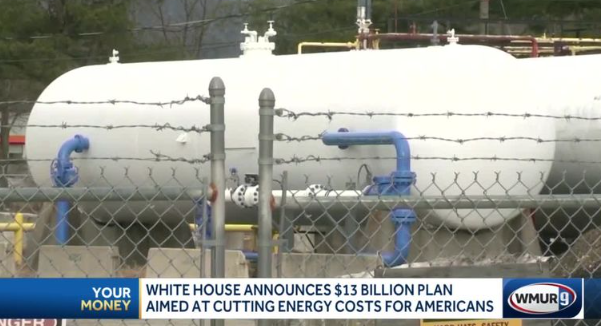Americans are starting to struggle with paying high prices for energy, as well as for other necessities including gasoline, as winter approaches. For instance, the price of residential heating oil is currently $4.29 per gallon as of Halloween night, which means that filling up a 250-gallon tank would cost well over $1,000. Still, low-income families can hope for some relief as President Joe Biden’s administration moves to open up billions in additional aid.
The White House published a fact sheet on November 2 outlining its initiatives to use the Inflation Reduction Act to lower the cost of energy for struggling homeowners. The Low-Income Home Energy Assistance Program (LIHEAP) will distribute $4.5 billion in funds to help lower heating costs. The funds flow directly to states, tribes, and territories which manage programs to help people pay their utility bills and upgrade their homes to reduce energy losses and increase energy efficiency, helping them reduce overall expenses. Households earning under 150% of the Federal Poverty Guidelines could qualify and should check with their state government.
A whopping $13.5 billion in aid will be available to help low-income families lower their winter heating bills, according to the White House. https://t.co/7S9KNQh3Ax pic.twitter.com/5ZHrfpb4q8
— Newsmax (@newsmax) November 2, 2022
In order to promote assistance, tax credits, and rebates for home and apartment upgrades to reduce energy consumption through utility upgrades, the Department of Energy (DOE) will give an additional $9 billion to states and tribes. In order to reach its eventual objective of 12 million additional units by 2030, the administration is concentrating on high-efficiency heat pumps, with a target of 500,000 installations during the present funding. In the drive to get more US homes in line with the realities of hotter summers and colder winters, wiring upgrades and energy-efficient doors and windows are also high on the list of priorities.
The White House also placed a focus on promoting clean energy jobs, encouraging private investment in commercial property improvements, and leveraging community funding to assist green energy initiatives.




